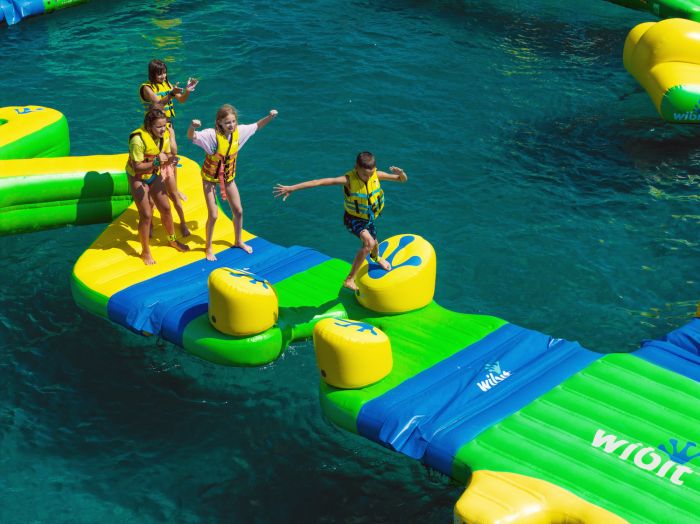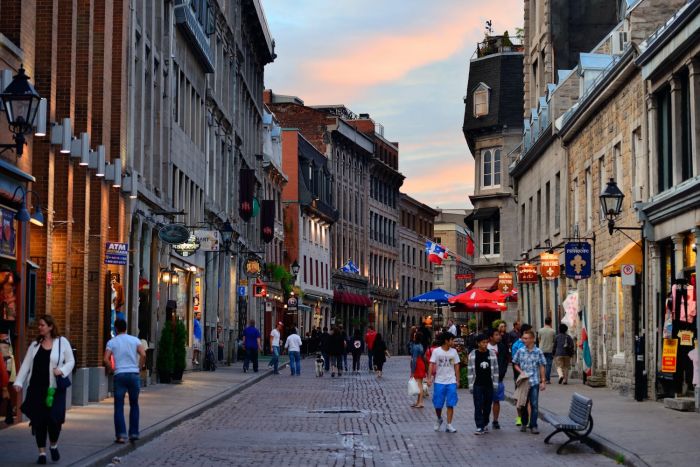Although we have all heard of Paris’ Eiffel Tower, Rome’s Colosseum, and Venice’s canals, there are many marvellous sites to be found in Eastern Europe which remain virtually unknown in the west. People tend to forget about the historic cities to be found here, and have no idea of the incredible wildlife and scenery just waiting to be discovered. Here are a few of the stunning locations that travellers to Europe should head to for a unique and more rounded experience:
Masurian Lake District
Also known as Masurian Lakeland, this is an area in north east Poland containing more than 2,000 lakes. The region extends approximately 290 km eastwards from the lower Vistula River to the Poland-Lithuania border and covers a massive 52,000km sq. Formed during the Pleistocene Ice Age it is comprised of moraines and moraine-dammed lakes and is singularly breathtaking in its beauty. The district is a natural paradise for windsurfing and sailing. The heavily forested landscape is also a fantastic location for outdoor activities such as hiking, kayaking, fishing, cycling, and horseback-riding during the warm summer months.
Lake Bled
North-western Slovenia is home to another of the marvels to be found in Eastern Europe, Lake Bled. This glacial lake in the Julian Alps has been a popular tourist destination for skiers and rowers for generations and is a location of dramatic natural beauty. The lake which surrounds Bled Island (the only natural island in Slovenia) is set in a backdrop of iconic buildings, deep forest, and sweeping panoramic mountains. The water offers true seasonal variety reaching temperatures of 25 degrees at the height of summer and becoming completely frozen during the winter months.
Bialowieza Forest
Straddling the border between Poland and Belarus, on the watershed of the Baltic and Black seas, is a location which is truly wondrous. The primeval forest at Bialowieza has existed on the site for some 8000 years and is home to a huge diversity of animal and plant life. Here you can find Europe's largest land mammal the European Bison, weighing in at an enormous 800kg. It is just one of the hundreds of species of fascinating animals that are to be found in the forest. Among the ancient trees you can also see wolves, lynx, stags, wild boar, and elks, in addition to a breath-taking array of birds. Once the property of Polish Kings, the forest has survived the ravages of time and even today 90% of the park is still covered with 'old growth'.
Jagala Falls
Less than an hour's drive from the capital Tahlinn, in Estonia, is the Lahemaa National Park, a location of glorious natural beauty in its own right. Within the park is one of the most spectacular sights to be found in Eastern Europe, Jagala Falls, also known as the Niagara of the Baltic. The falls have been formed over time by the erosion of the sandstone river bed. The 8m high drop cascades spectacularly across the full 300ft arc of the valley, into the Linnamae Veehoidla reservoir below. As an additional attraction the falls also partially freeze during winter forming a vision which simply cannot be found in any other location on the planet.
So why not stray a bit off the beaten track on your next European holiday? There are travel tours which will take you deep into the heart of Eastern Europe and allow you to experience the hidden beauty of its natural landscapes, as well as the cultural delights of its diverse and historic cities.














